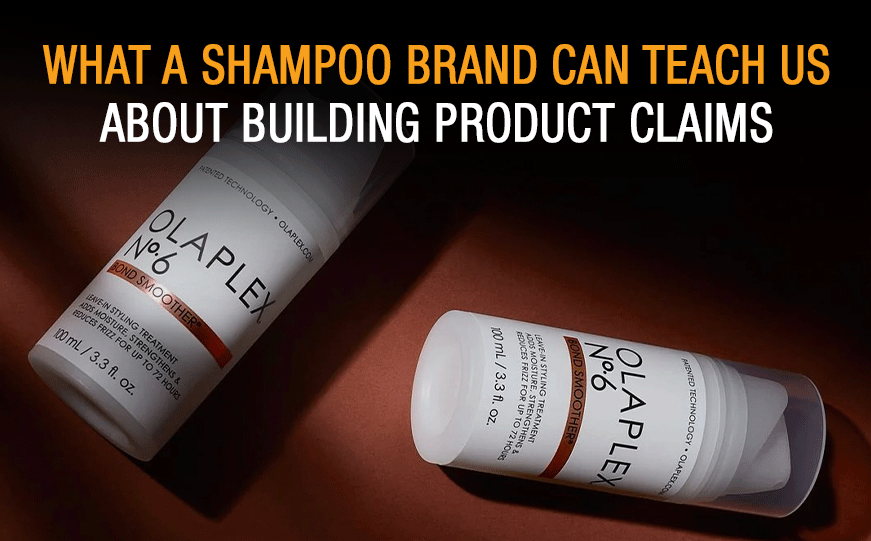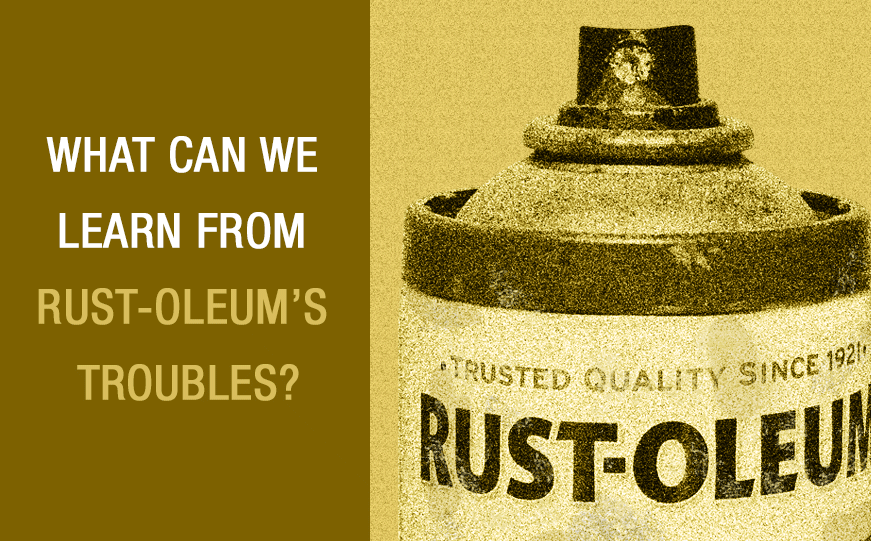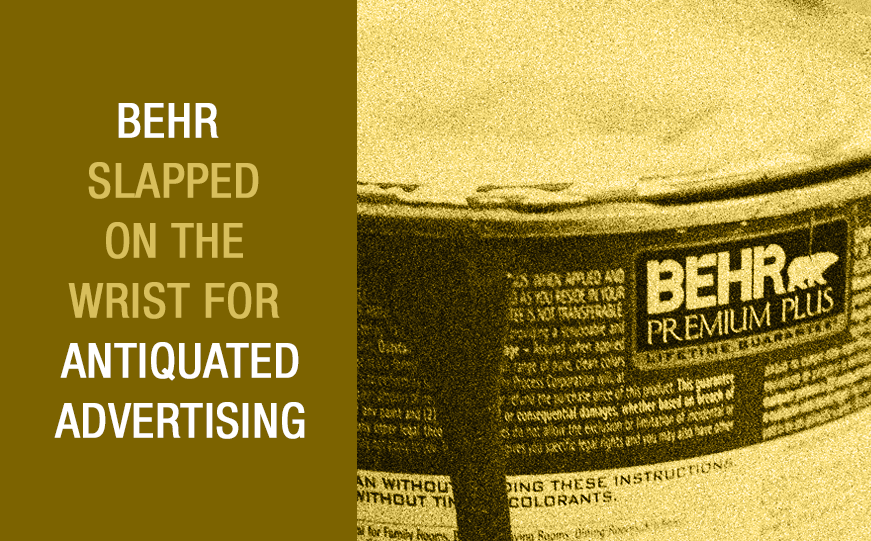For the past few months, the luxury hair care brand Olaplex has been fighting allegations of harm caused by their product. The accusations have graduated to legal complaints — and on February ninth, 30 women filed a lawsuit — claiming the company’s products contain allergens and irritants that have resulted in hair loss.
Other consumer-facing brands from companies as varied as Anheuser-Busch, Barilla pasta and Fireball have faced similar lawsuits alleging false advertising.
But what about B2B brands?
Are they insulated from similar action in court or from the Federal Trade Commission?
No. They’re not.
In October of last year, the Federal Trade Commission won a court order against several companies for fraudulently claiming their paint coatings have insulating properties.
“At a time of high energy prices and deep concern about inflation, today’s ruling shows the impact FTC cases are having on issues of vital economic importance to American consumers,” said Sam Levine, Director of the FTC’s Bureau of Consumer Protection.
In July 2020, the FTC sued four companies that sell paint products… alleging that they misled consumers about their products’ insulation and energy-savings capabilities.
All four companies made claims — that inflated the R-value of their paint products and promised energy savings — for those who used these coatings.
The FTC explained in its charges that the companies falsely overstated the R-value ratings of the coatings.
Of course, the R-value of a product is used to determine how best to improve the energy efficiency of buildings. And to meet goals for energy-savings.
“Companies touting the energy-saving properties of their products must have scientific support for their claims,” explained Andrew Smith, Director of the FTC’s Bureau of Consumer Protection, at the time. “When they don’t, the FTC will step in to make sure they do.”
All four firms have been slapped with permanent injunctions… and untold reputational damage.
How False Advertising Law Works
Both the federal government and states regulate advertising (and this includes all marketing claims). On the federal side, the Federal Trade Commission (FTC) is the main agency that enforces unlawful advertising laws passed by Congress. The FTC also proposes regulations that implement Congressional law. The FTC enforces Truth in Advertising laws that apply to all businesses… and it’s responsible for regulations specific to certain industries.
States also set rules and can take enforcement action — usually through their attorney general’s office — a consumer protection agency, and the local district attorney.
Companies that make false marketing claims can face lawsuits from more than just government watchdogs… competitors and consumers can also bring private lawsuits.
FTC Enforcement
In fact, the FTC relies on consumers and competitors to report unlawful marketing. When its investigation finds that a claim is deceptive, the FTC sends a warning letter. If that doesn’t work, the FTC can issue a cease-and-desist order and — if that still doesn’t work — it can go to court and ask for an injunction against the company. The FTC also has the authority to issue fines up to 43,792 dollars per day to companies that violate advertising laws.
As marketers, we invest our time finding ways to talk about products that makes them stand out. After all, everybody wants products to stand out… but misrepresentation is another thing all together.
Eight Tips to Help Avoid False Claims
- Don’t leave out key information
All relevant information — including significant conditions to an offer — must be made clear. These should be stated close, or clearly linked, to the main claim. - Make sure pricing is clear
Pricing should relate to the product advertised… and include all non-optional costs. - Don’t exaggerate the performance
Advertising is all about presenting a product in the best possible light… but don’t over-claim in a way that’s likely to mislead. For making claims of “saving time on the job-site”, K&A used a time-and-motion laboratory to substantiate the performance promises we advertised for our client. - Make qualifications clear
Qualifying text — the fine print — can be used to clarify a claim in an ad… but don’t use it to hide important information. Or use it in a way, that misleadingly contradicts the headline claim. - Have the evidence to back up claims
Remember that before making a claim, have adequate evidence to support all objective claims. The level of evidence that is required will depend on the type of claim being made and the product in question. Environmental claims must be backed up with evidence and third party qualifications. - Disclaimers to be clear and conspicuous
For online advertisements, all disclosures should be placed as close as possible to the advertising claim… making sure that the disclosures are able to be viewed across various devices and online platforms. - Be careful with sweepstakes
Some states prohibit sweepstakes/enter to win contests where entrants are required to pay money — or other consideration — to enter the contest and the winner is selected by chance. - Paid endorsements to be labeled
Where a marketing campaign includes an endorsement or testimonial, the marketer must disclose all material connections or consideration given to the endorser… that might affect the weight or credibility of the endorsement or testimonial. This includes providing products to or paying influencers.
It’s easier than you think to slide from an exaggeration… to the kind of misrepresentation that would warrant a registered letter from the FTC. There are, however, steps to take to avoid that turn of events completely. Partnering with an experienced, channel marketing agency is an important first step. If you’d like to talk more about effective and ethical brand positioning for building products, send an e-mail to Steve at sk@kleberandassociates.com to get the conversation started.
If you are interested in similar paint and coating
claims/challenges, please consider the following:






